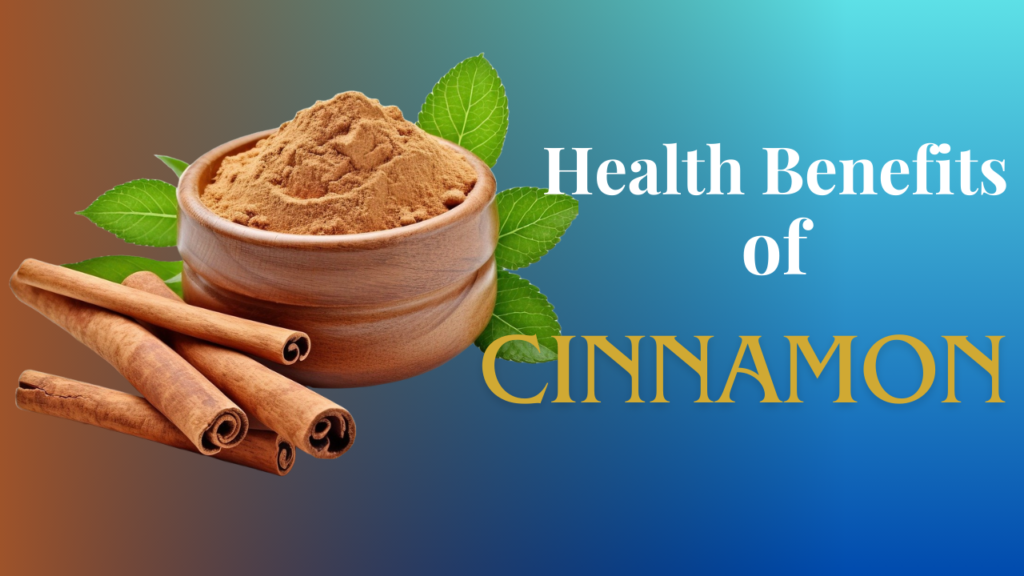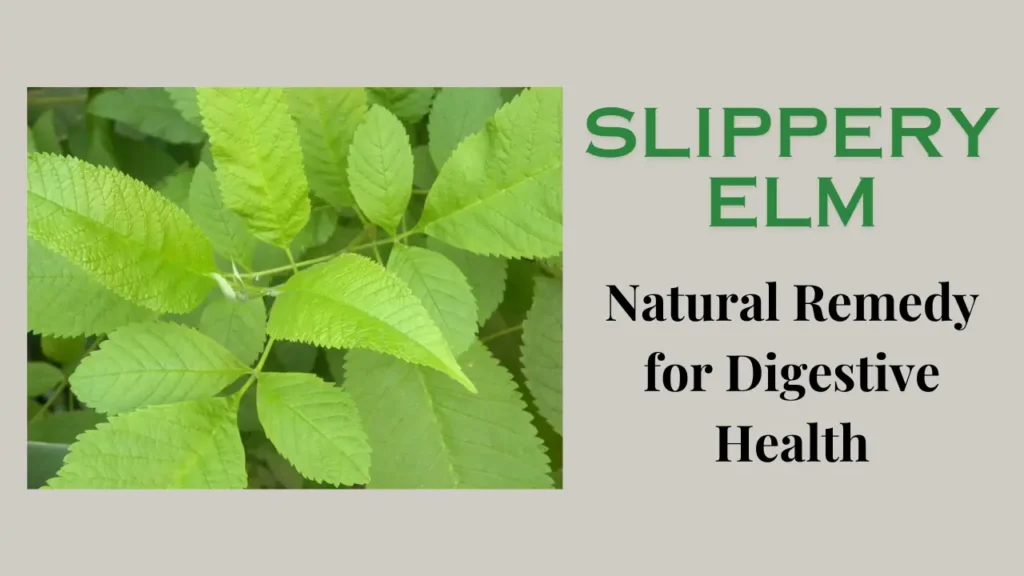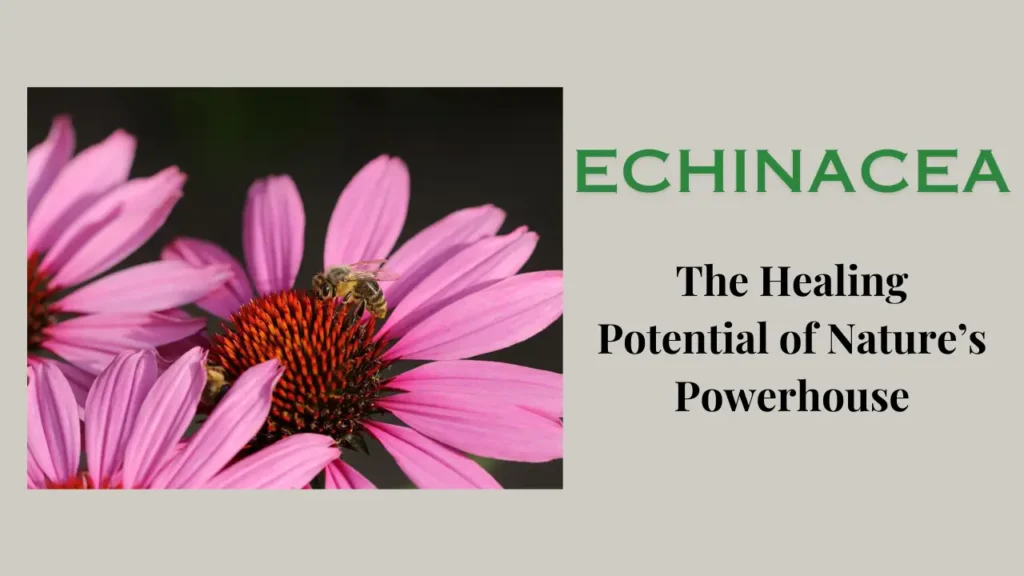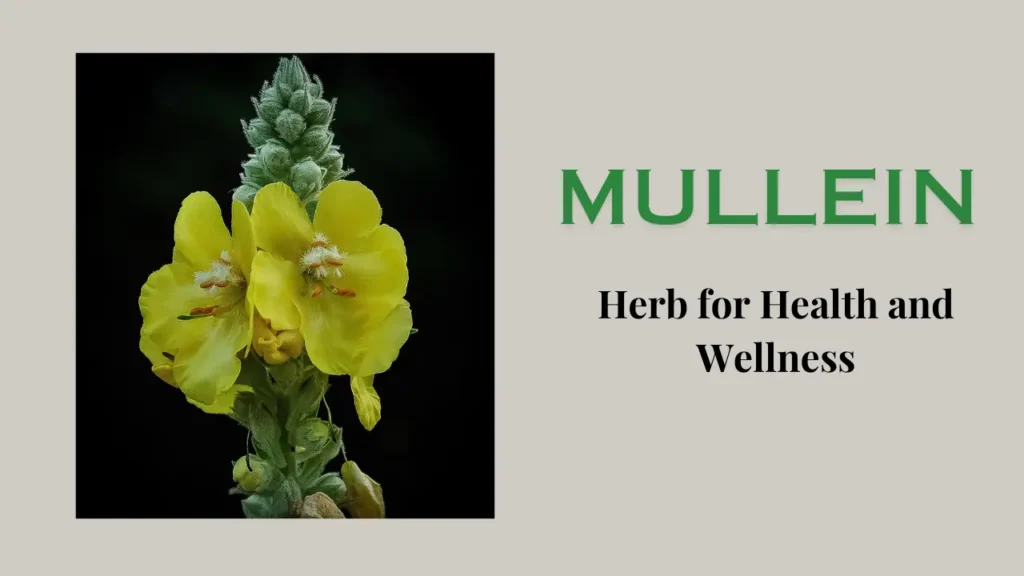The scientific name of Eyebright is Euphrasia officinalis. It has remained the center of attraction among herbal experts and natural health lovers for centuries due to its powerful medicinal properties. This plant belongs to the Orobanchaceae family. In this article, we will learn about it in detail.

Table of Contents
Scientific Name
Euphrasia officinalis
Synonyms
Euphrasia rostkoviana, Euphrasia stricta, Euphrasia odontites, Eyebright
Family
Orobanchaceae
Habit and Habitat
Eyebright is an annual herb that typically grows 10–20 cm tall. It has small, lanceolate leaves arranged in opposite pairs on a thin, square stem. In which white flowers with yellow marks emerge. It requires nutrient-rich, well-drained soil to grow. It is commonly found in Europe, Asia, and North America grasslands and open forests.
Chemical Composition
Flavonoids, Tannins, Alkaloids, Phenolic acids, Essential oils
Plant Parts Used
Leaves, stems, and flowers.
Properties
Ayurvedic Properties
It is known for its cooling, astringent and rejuvenating properties. It is classified as a “Tridosha balancer”, meaning it can help balance Vata, Pitta, and Kapha doshas.
Therapeutic properties
Eyebright has been shown to have many medicinal properties, including anti-inflammatory, astringent, antioxidant, antimicrobial, and eye health properties. It also provides relief from other symptoms like allergies, colds, coughs, and ear pain, but there is not enough evidence yet.
Health Benefits of Eyebright
Eyebright provides numerous health benefits, but there is no proper evidence for these benefits, so consult a doctor before using them. Some of its health benefits are as follows:
- Respiratory Support: Eyebright has anti-inflammatory and antimicrobial properties that help support respiratory health. It helps reduce symptoms of respiratory infections like congestion, cough, and sinusitis thereby helping in easier breathing.
- Digestive Aid: As an astringent herb, it can help tone and strengthen the digestive system. It helps promote healthy digestion and can also help relieve symptoms of diarrhea, indigestion, and gastritis.
- Allergy Relief: Eyebright has anti-inflammatory properties making it an effective natural remedy for allergic conditions, such as hay fever.
- Skin Care: Used as a poultice, cream, or wash, it can help reduce inflammation, itching, and burning associated with eczema, acne, and small wounds.
Uses of Eyebright
EyeBright can be used in a variety of forms to reap its benefits, including:
- Eyewash: Prepare a gentle eyewash by steeping dried eyebright leaves and flowers in hot water, then straining and cooling. It can be used as directed to soothe and refresh tired, irritated eyes.
- Herbal Tea: You can make an aromatic herbal tea by steeping its leaves in hot water for 5-10 minutes. It helps with respiratory and digestive health.
- Tincture: The dried herb can be mixed with alcohol or glycerin to extract its medicinal compounds. Take small doses of the tincture orally or use it diluted in water.
Precautionary Measures
It is generally safe when used as directed but it is important to exercise caution and consult a healthcare professional when using it, especially if:
- pregnant or lactating
- You are allergic to plants in the Orobanchaceae family
- are taking any medications or have other underlying health conditions
- Planning to use EyeBright for a long time
Conclusion
In conclusion, EyeBright is a shining example of nature’s healing gift. By knowing its properties, we can use it in different situations and different forms. However, it is necessary to consult a doctor while using any herb.
Remember, before starting any new wellness regimen, it’s always best to consult with a healthcare professional to ensure it is suitable for your specific needs and circumstances.








